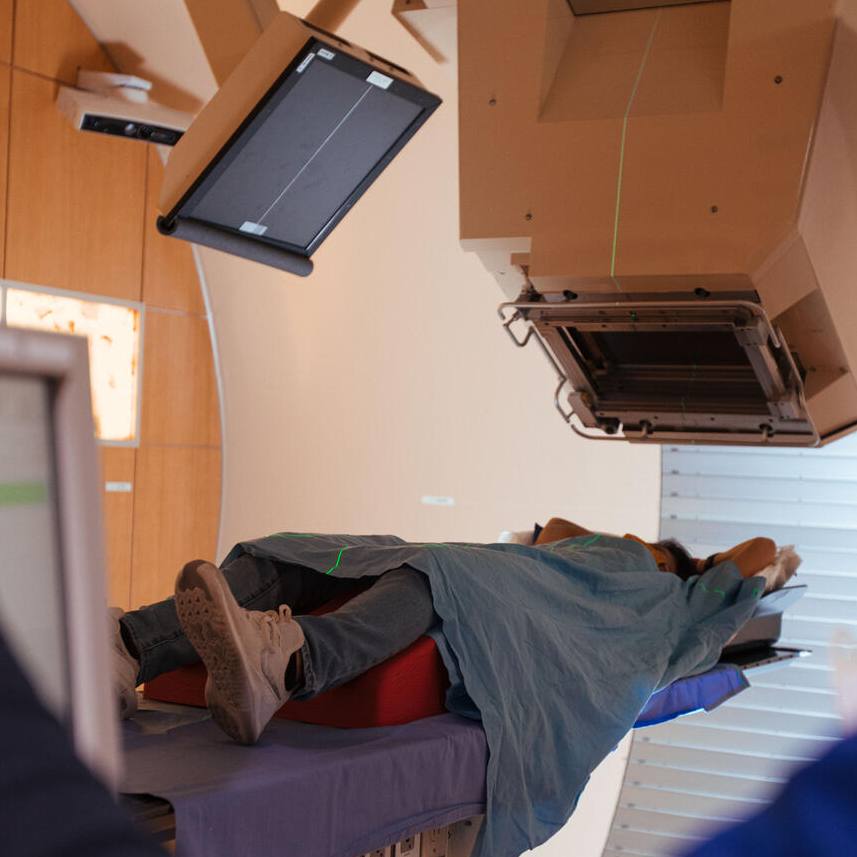-

Decline in Smoking Rates May Increase Lung Cancer Mortality Due to Inadequate Screening Guidelines
ROCHESTER, Minn. — A decline in smoking rates may mean that many people who could have benefited from early detection of lung cancer are dying because they don’t qualify for low-dose CT scans, according to a group of Mayo Clinic researchers. Their research appears in the Feb. 24 issue of JAMA, the journal of the American Medical Association.
“As smokers quit earlier and stay off cigarettes longer, fewer are eligible for CT screening, which has been proven effective in saving lives,” says Ping Yang, M.D., Ph.D., an epidemiologist at Mayo Clinic Cancer Center. “Patients who do eventually develop lung cancer are diagnosed at a later stage when treatment can no longer result in a cure.”
Dr. Yang says researchers and policymakers need to re-examine screening criteria to identify a greater proportion of patients who develop lung cancer.
MEDIA CONTACT:
Joe Dangor, Mayo Clinic Public Affairs, 507-284-5005, newsbureau@mayo.edu.
https://www.youtube.com/watch?v=KYkERiLwaP4&feature=youtu.be
“The existing screening program will become less effective at reducing lung cancer mortality in the general population, if they continue to use the same criteria,” Dr. Yang says.
The study retrospectively tracked residents of Olmsted County in Minnesota who were older than 20 years from 1984 through 2011 — about 140,000 people. Lung cancer cases were identified using the Rochester Epidemiology Project database and confirmed by pathology definition of the World Health Organization.
Researchers determined the proportion of lung cancer patients who would have met CT scan screening criteria set by the U.S. Preventive Services Task Force. Those criteria, used by doctors and insurance companies, recommend CT screening for asymptomatic adults age 55 to 80 who have smoked at least 30 pack-years (one pack a day for 30 years), and are still smoking or have reduced consumption in the last 15 years.
A total of 1,351 people in the study developed primary lung cancer between 1984 and 2011. Researchers found that the incidence of primary lung cancer fell overall during the study period — but only for men by about one-third. Among women, the incidence of lung cancer rose 8 percent.
According to Dr. Yang, the data with greatest relevance to CT screening is the proportion of lung cancer patients who smoked at least 30 pack-years which declined over the study period. And the proportion of cancer patients who had quit for more than 15 years increased. “While more people have quit for a longer period of time, they are still getting lung cancer,” Dr. Yang says, “and they make up a larger proportion of newly diagnosed lung cancer patients.”
As a result, the proportion of lung cancer patients who would have been eligible for screening fell steadily during the study period — from 57 percent in 1984–1990 to 43 percent in 2005–2011. The proportion of women who would have been eligible under the criteria decreased from 52 percent to 37 percent, and among men from 60 percent to 50 percent.
That trend has important consequences, says Dr. Yang.
First, many more patients will miss out on early detection, when treatment of lung cancer is most successful. “That means more patients are going to be diagnosed at a later stage, because they could not take advantage of early detection,” she says. As a result, more patients will die.
Second, Dr. Yang hopes to see screening criteria adjusted to include smokers who have smoked less than 30 pack-years and those who quit more than 15 years ago. “We don’t want to penalize people who succeeded in smoking cessation,” she says.
Dr. Yang says she is aware of many smokers who are cancer-free but continue to smoke in order to be eligible for CT screening.
Third, CT screening — the only screening technology proven to save lives among patients with lung cancer — will become less and less effective unless screening criteria are revised to include more patients who are likely to develop cancer.
Dr. Yang acknowledges there is a danger in relaxing CT-screening criteria too much, citing concerns about cost, radiation exposure and overtreatment due to false positives that increase patient pressure on physicians to remove tumors even if they do not appear dangerous.
“There are ways to screen at-risk patients while still avoiding false alarms and overtreatment,” says Dr. Yang. “Researchers need to discover biological markers, such as genetic or physiological traits, to help them better identify high-risk patients.” She says screening criteria might also be adjusted to include some smokers who have smoked less than 30 pack-years or quit more than 15 years ago. Dr. Yang says she and her colleagues are preparing papers on these issues to develop proposals for more effective CT screening that will save more lives from lung cancer.
The study was supported by grants from the National Institutes of Health, a grant from the National Institute on Aging, and funding from the Mayo Clinic Foundation.
Co-authors include David Midthun, M.D., Jason Wampfler, B.S., of Mayo Clinic; and Yi Wang, M.D., of Medical University, Whenzhou, China.
About Mayo Clinic Cancer Center
As a leading institution funded by the National Cancer Institute, Mayo Clinic Cancer Center conducts basic, clinical and population science research, translating discoveries into improved methods for prevention, diagnosis, prognosis and therapy. For information on cancer clinical trials, call 1-855-776-0015 (toll-free).
###
About Mayo Clinic
Mayo Clinic is a nonprofit organization committed to medical research and education, and providing expert, whole-person care to everyone who needs healing. For more information, visit http://www.mayoclinic.org/about-mayo clinic or https://newsnetwork.mayoclinic.org.







